The Nakao Brewery is located in Takehara, a historical city in Hiroshima Prefecture on the coast of the Seto Inland Sea. Takehara has been called the “Small Kyoto of the Aki District” because it is so well-preserved and picturesque. Hundreds of years ago, it was a thriving salt-producing town. From this wealth and manufacturing ability, sake breweries sprung up, reaching a peak of 26 kura in this small town in the early 1900s. Today, there are only two, the Nakao Brewery being one of them.
The Nakao Brewery was founded in 1871 and is now managed by the 6th generation of the family, Tsuyoshi Nakao. The brewery makes Seikyo and Maboroshi. They have made history in the sake world for two major innovations and their great brands.
The Nakao Brewery starts with the kind, hospitable, intelligent, and dedicated Nakao family. Mr. and Mrs. Nakao lead the brewery. Their son, Yusuke, is training in the brewing department and office. Their longtime head of sales, Yoshimori, and their brewmaster, Aratani, feel like family, too, and are always included in festivities.
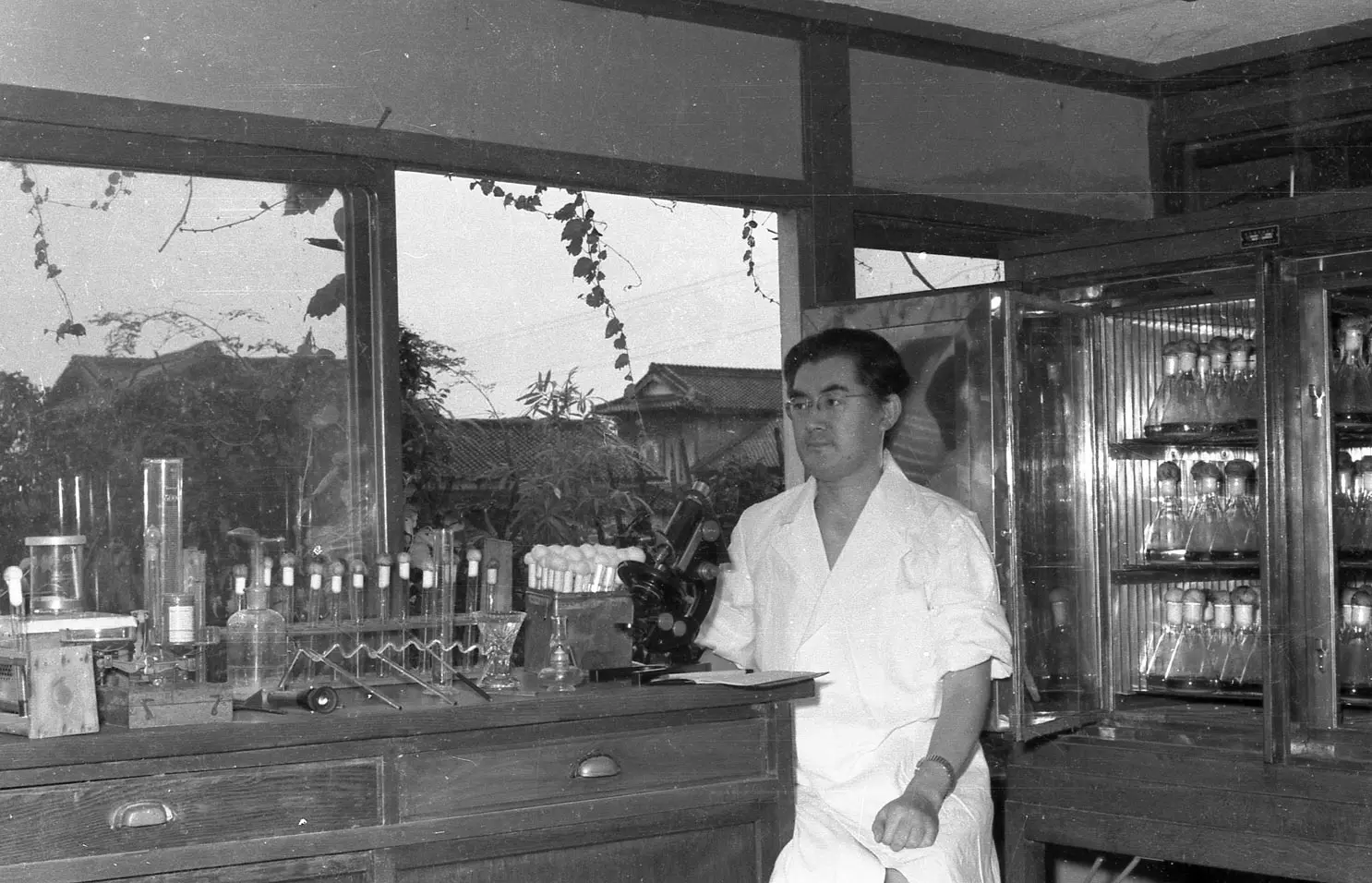
Shortly after it was founded in 1871, the Nakao Brewery created their original brand, Seikyo, meaning “Mirror of Truth.” Seikyo became a success in Hiroshima and the surrounding area. It also grew in sales in major cities like Tokyo and Osaka.
The brewery took a giant leap forward under the leadership of its 4th generation president and brewmaster, Kiyoma Nakao. From the time he entered Tokyo University’s School of Agriculture, “Tokyo Nodai,” in 1927, Kiyoma became obsessed with yeast. Under the guidance of his professor, Kinichiro Sakaguchi, Kiyoma started researching and experimenting with yeasts from all over Japan. One of his colleagues was Mr. Mogi of Kikkoman.
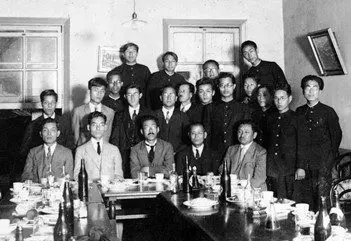
After graduating, upon his return to the brewery in 1930, he continued his research into yeast. For fourteen years, he experimented with more than 2,000 sources and varieties of yeast. He wanted to find a yeast that had power in three areas—initiating a robust fermentation, producing fragrance, and creating acidity. He also wanted yeast with what we now call, “ginjo-ka,” fruity or floral aroma.
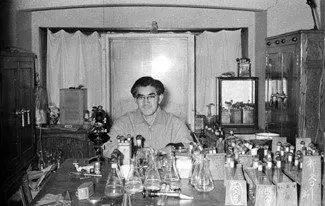
After relentless searching, he stumbled upon a source of yeast by mere chance. He was running errands in Hiroshima and saw beautiful red apples at a fruit stand. It gave him an idea and he bought the apples and experimented with them. It took him seven years to develop his apple yeast. The yeast produced distinct aromas and flavors; however, during shubo and fermentation, it was overpowered by airborne yeasts and lost its character. To overcome this, he experimented with and, ultimately, invented a new way of making the shubo, the yeast starter.
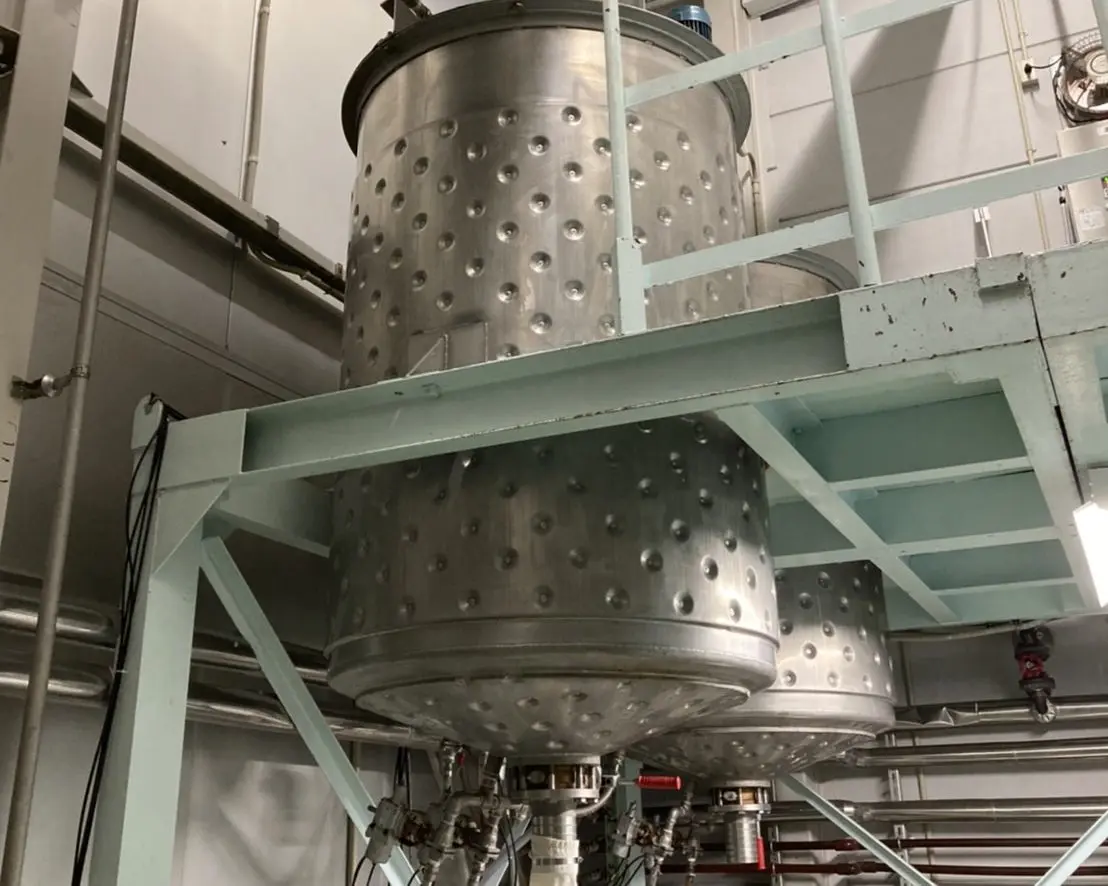
We explain the technicalities of “ko-on to-ka” (koh-own toe-kah) in our section on shubo, the yeast starter. Continuing Nakao’s story, Kiyoma thought that, if he created a more sterile environment in the shubo, then the airborne yeasts could not survive and the apple yeast could sustain its character. In 1947, he perfected koon toka, “high temperature saccharification” and produced beautiful sake with the apple yeast. In 1948, the sake won a 1st prize at a national competition. It was then served for three years at the Imperial Palace at their New Year’s celebration.
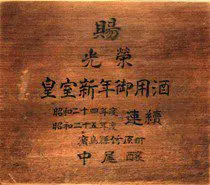
Eight years later, in 1955, for their creation of koon toka, the Nakao Brewery was awarded the Inaugural Prize for Service to the Craft of Sake-Making by the Japan Sake and Friends Association.
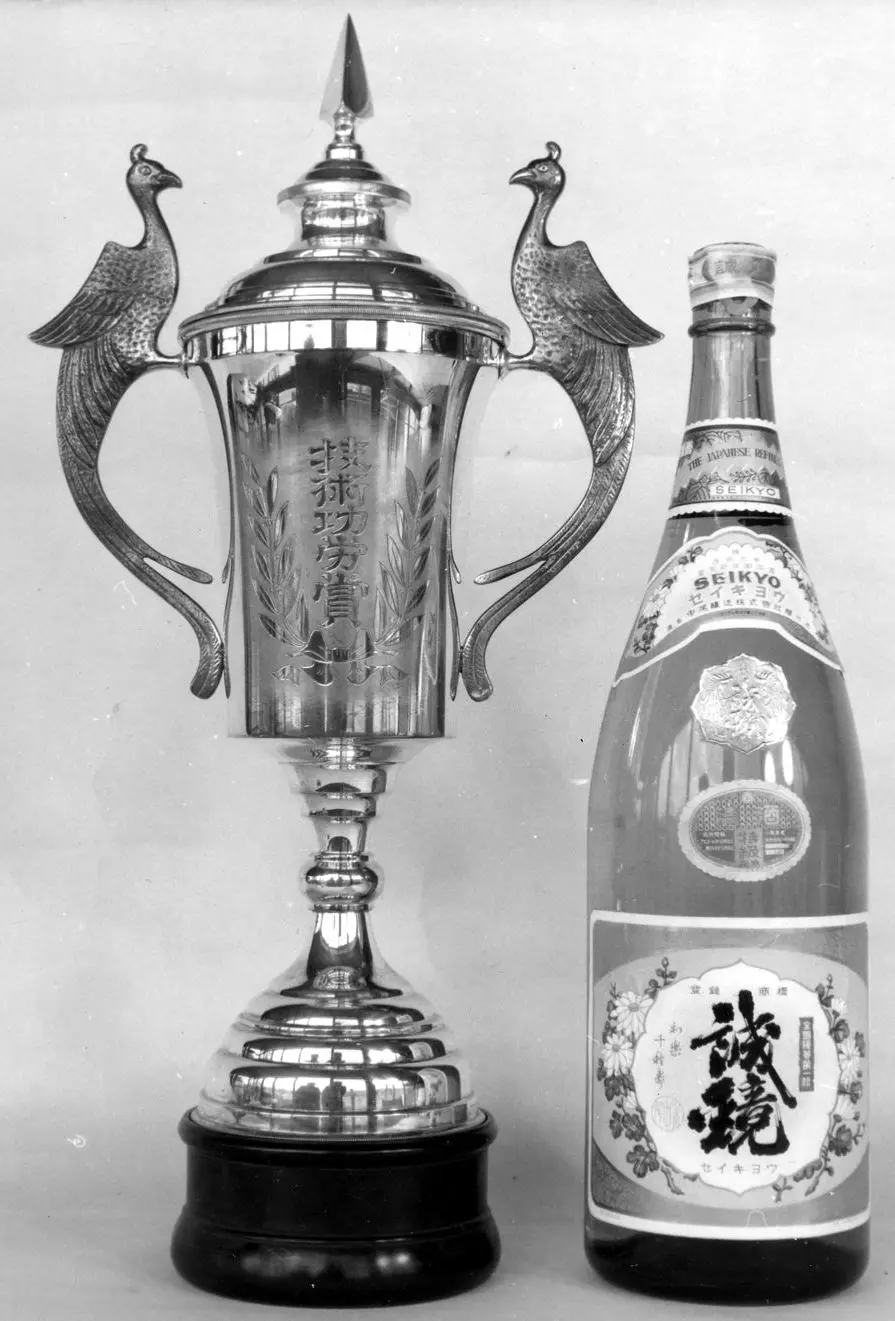
Despite its success at competitions, Maboroshi could not be sold commercially because the sake taxes were too high. Ginjo sake was just gaining recognition at competitions and not yet a commercial phenomenon. However, sake buyers and consumers were hearing about this delicious sake. Finally, in 1974, twenty-six years after it first won a first prize at the national sake competition, “Maboroshi” was released for sale. Finally, the “phantom” or “mystery,” the translation of Maboroshi, had been revealed. It did not even make a profit the taxes were so high.
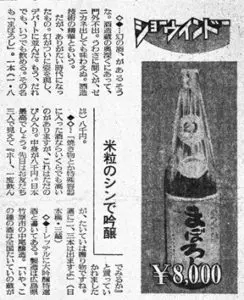
From the 1800s thru the early 1900s, Takehara was a thriving salt-producing town. Salt was cultivated naturally in the flatlands on the shore of the Seto Inland Sea. Being located on the coast facilitated the shipment of salt around Japan and to other parts of Asia. Although there is only a tiny amount of salt being made in Takehara today, by someone who revived it, some of the best salt makers in Japan operate on islands and the coast of the Seto Inland Sea.
Today, Takehara is a quiet tourist destination for knowledgeable travelers. Toyota and Nissan have auto parts facilities in the town, which brings business travelers, too. These visitors have helped support and enjoy very high caliber restaurants and an award-winning cocktail bar, Roberta’s (make a reservation).
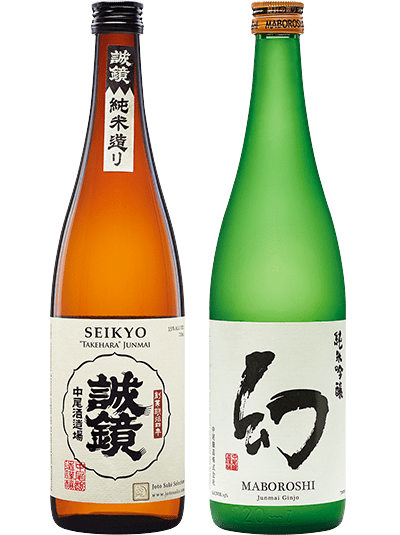
Although this sake is not made using the same apple yeast as the daiginjos in the Maboroshi line, this junmai ginjo still shows green apple fruit. It also reflects the Hiroshima style, which is described as “kirei,” a Japanese word meaning both “clean” and “pretty.”